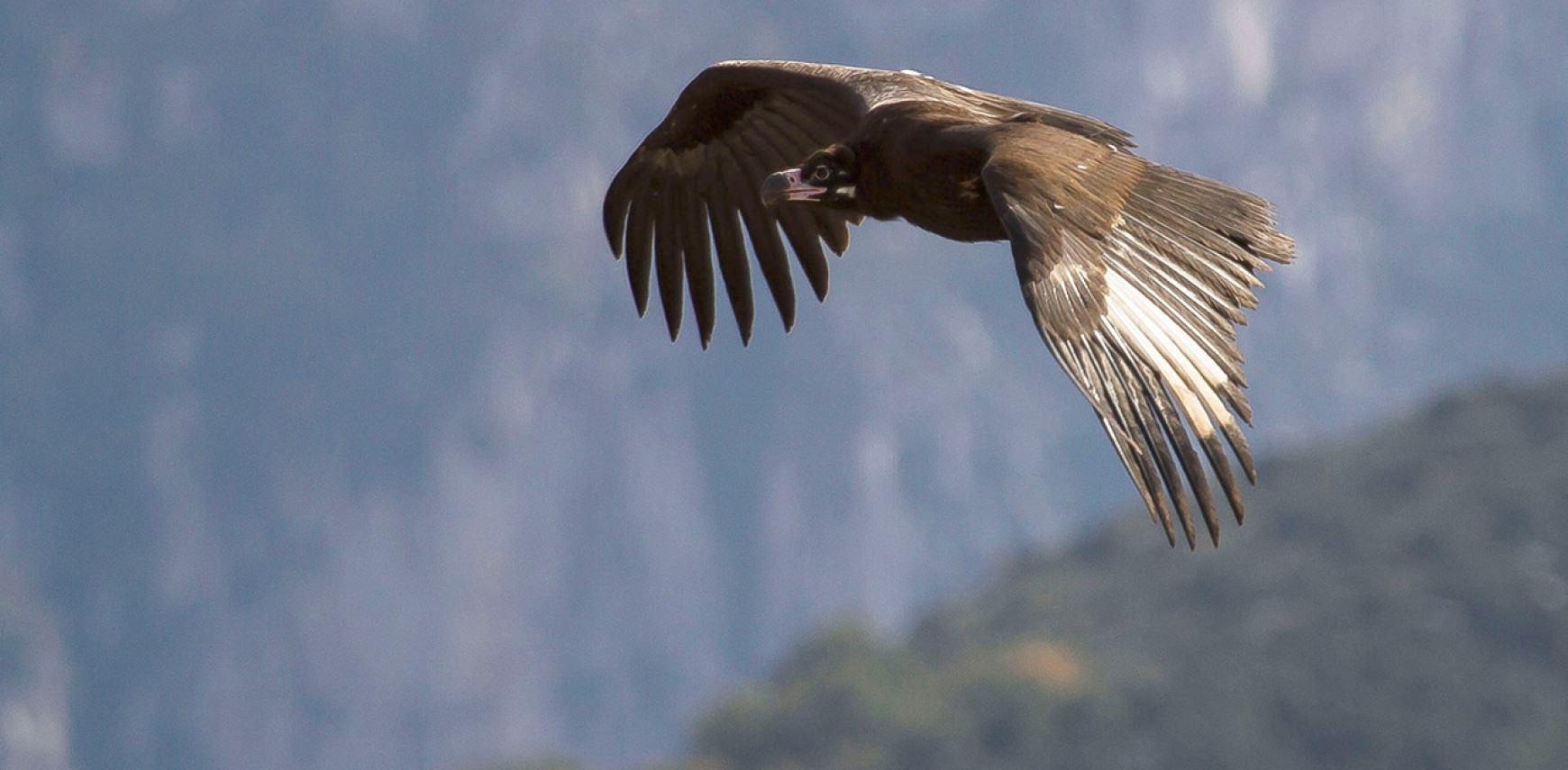Can a computer save animals from extinction?
"Oops, we did it again". We do it over and over again and unfortunately, we are getting better at it: last year another 45 species were added to the list of extinct animals. Bad news for the giant tortoises of Galapagos, but also for lesser-known species with roaring names such as the Las Vegas leopard frog (yes, that's an animal too). Worse still, some million plant and animal species are at risk of suffering the same fate in the very near future. But maybe computers can help turn the tide.
For about 40 extinct animal species, we still have something up our sleeve: a back-up population in zoos. So there is hope for the wild kingfishers of the island of Guam or the Vietnam pheasant. They still live in zoos and that could be their salvation.
According to recent analyses, however, there is only a glimmer of hope. At the moment, only 4% of the most endangered species will be able to use zoos as a last resort. However, we are convinced that zoos can play a much bigger role in the conservation of species. How? By sifting through the data that we jointly collect.
An impressive amount of data
In recent decades, zoos have transformed from being purely tourist attractions to specialists in keeping and breeding animals. Individual animals are closely monitored from birth to death by caretakers, veterinarians, and scientists. That creates a huge mountain of data. It is estimated that there are currently half a billion pieces of data contained in a single database that the global zoos use. This so-called Zoological Information Management System (ZIMS) continues to grow every day and is full of secrets of little-known species. The big question is how to extract these secrets from the jumble of information: who will find the needle in the haystack?
Computers help is to see patterns
Perhaps supercomputers and algorithms can help us make full use of the valuable data that the zoos are sitting on. After all, they are champions at recognizing patterns, especially when there is a lot of data to look at.
To reinforce this idea, we asked a computer to play with all the data from the breeding programme of the cinereous vulture. This population is considered one of the most successful examples of how zoos can contribute to species conservation. We regularly release young vultures from zoos to support the species’ survival in the wild in Southern Europe. At the same time, however, the survival of the zoo population is at stake because it is so difficult to breed with the species.
Computer analyses of the breeding success of cinereous vultures in zoos showed that they seem to breed best when they are kept in close proximity to other individuals of the same species. But also, partners do seem to get along better, and breed more if they have about the same age. Computer simulations taking into account the age difference and allow many pairs to breed in the same place revealed that the viability of the breeding programme will greatly improve.
Does this work for other species too?
We are currently planning to set up similar analyses for a bunch other species kept in zoos, and ultimately aim to have our working method automatically included in the standard management of populations.
In short, zoos can only partially keep up with the demand for setting up a reserve population at the moment, but improvement is on the way. The combination of big data and smart algorithms will have a positive impact on the management of the population. Sorry Britney, "we won't do it again".

